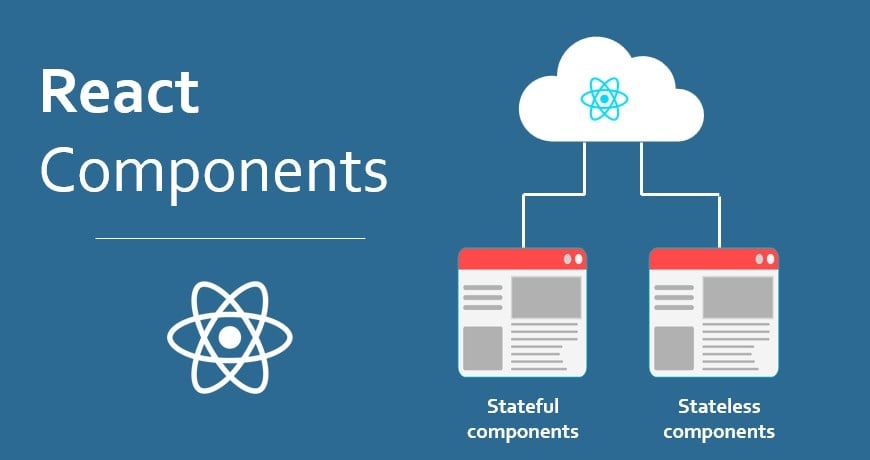React components

What is React Components?
React components are the basic parts of a React application. They help you build the user interface, which is what users see and interact with on your website or app. By using components, you can create reusable pieces of code, like buttons, text boxes, or entire sections of a page.
What Are Components?
Components are like building blocks. Each one can hold its own data and have its own style. This means that you can create a button component and use it in many places without having to rewrite the code. If you need to make a change, you do it in one place, and it updates everywhere it is used.
Types of Components
There are two main types of components in React: class components and functional components. Here’s a quick look at each:
- Class Components: These are JavaScript classes that extend from React.Component. They can hold their own state and lifecycle methods. This means they can do things at specific points in their life, like when they first load or when they are removed.
- Functional Components: These are simpler and just use a function to return what the component looks like. With the introduction of hooks in React, they can also hold state and manage side effects.
Creating a Functional Component
Let’s walk through how to create a simple functional component. Here’s a basic example of a button that shows an alert when clicked:
import React from 'react';
function AlertButton() {
const handleClick = () => {
alert('Button clicked!');
};
return (
<button onClick={handleClick}>
Click Me
</button>
);
}
export default AlertButton;
In this example, we create a functional component called AlertButton . Inside it, we define a function handleClick that shows an alert. The component returns a button that calls this function when clicked.
Props: Passing Data to Components
Components can also take inputs called props. Props allow you to pass data from one component to another. This is really useful for making your components flexible. Here’s how you can use props with our button:
function AlertButton(props) {
const handleClick = () => {
alert(props.message);
};
return (
<button onClick={handleClick}>
{props.label}
</button>
);
}
With this change, you can now pass a message and a label to the button when you use it:
This makes the button much more dynamic because you can use different messages and labels without changing the component code itself.
State: Managing Component Data
Components can also maintain their own data using state. State is like a storage inside your component that keeps track of things. Here's how you can add state to a functional component:
import React, { useState } from 'react';
function Counter() {
const [count, setCount] = useState(0);
return (
<div>
<p>Current Count: {count}</p>
<button onClick={() => setCount(count + 1)}>
Increment
</button>
</div>
);
}
In this example, we use the useState hook to create a state variable called count . The setCount function lets us change the count when the button is clicked. The current count is displayed in a paragraph.
Benefits of Using Components
There are many reasons why using components is a good idea:
- Reusability: Once you create a component, you can use it anywhere in your app.
- Organization: Breaking your app into smaller pieces makes it easier to manage and understand.
- Testing: Smaller components are easier to test individually, which helps in catching issues early.
- Collaboration: Different people can work on different components at the same time, speeding up development.
Conclusion
React components are essential for building user interfaces. They let you create reusable and manageable pieces of code. By understanding how to create and use components, you can build better web apps more efficiently. Whether you're passing data with props or managing state, components give you the power to create dynamic user experiences. Start experimenting with components today, and you'll see how they can enhance your React projects.